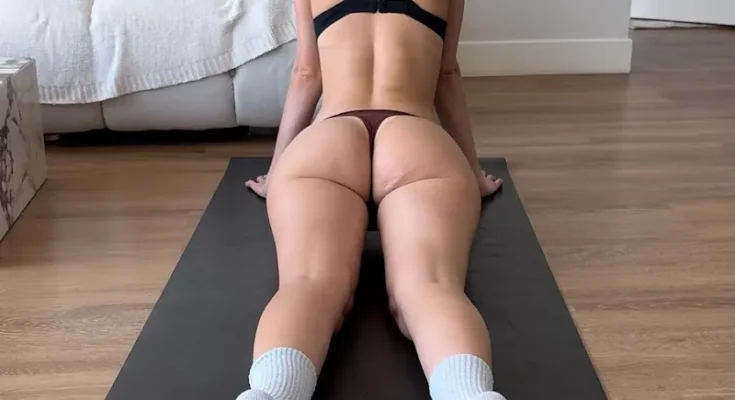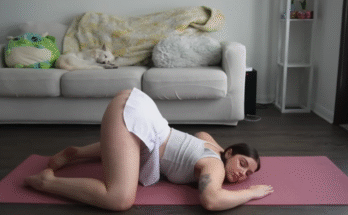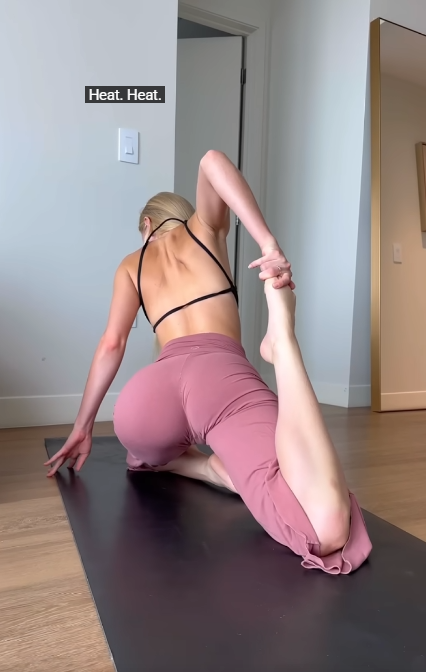
The early morning light filtered through the tall pine trees, casting golden rays on the river below. Its waters moved steadily, not hurried but not idle either. It flowed on through—quiet, sure, determined. Much like Maya, who sat at its edge, hugging her knees and letting the breeze brush across her cheeks.
It had been a year since everything changed.
A year since her life, once neatly mapped out, had been flipped upside down. She remembered the way her hands trembled holding the letter—the one that shattered her dreams of art school. Rejection. That single word, though wrapped in formal pleasantries, felt like a slap across her heart. She had painted since she was five. Her room was filled with canvases—sunsets, city lights, faces she imagined. But someone behind a desk, someone who had never seen her work in person, decided she wasn’t good enough.
She spiraled for a while. Locked herself in her room. Stopped drawing. Stopped smiling. Her parents tried, but they didn’t know how to reach her. Friends drifted away, unsure of what to say. And yet, life moved forward, indifferent to her pain.
Then came the river.
She discovered it accidentally, wandering far from home one afternoon when the noise in her head became too loud. There, hidden beyond a thicket of thorn bushes and wild lavender, the river whispered to her.
It didn’t speak in words, but in motion.
Each time she visited, she brought her sketchbook, tentatively at first, then with growing confidence. She drew the curves of the river, the dancing leaves on its surface, the rocks that stood defiant in its path. But most of all, she drew what the river made her feel.
Calm.
Centered.
Alive.

“Flowing on through,” she’d whispered to herself once, watching a fallen branch get carried effortlessly downstream. The river didn’t stop for obstacles—it just found a way around them.
That became her mantra.
Her sketchbook began to fill again—pages blooming with new ideas, abstract shapes, raw emotion. She didn’t draw for art school now. She drew for herself. For healing.
Then came the old man.
One sunny morning in early spring, Maya found him sitting on her favorite log near the water. A small, hunched figure with a long white beard and curious eyes. At first, she considered turning back, but something about his presence was oddly comforting.
He noticed her hesitation. “You can sit,” he said, patting the spot next to him. “This river’s big enough for both of us.”
So she sat.
They didn’t speak at first. Just listened to the murmur of the current, the rustle of birds in the branches overhead. Finally, he asked, “You draw?”
Maya nodded slowly. “How did you know?”
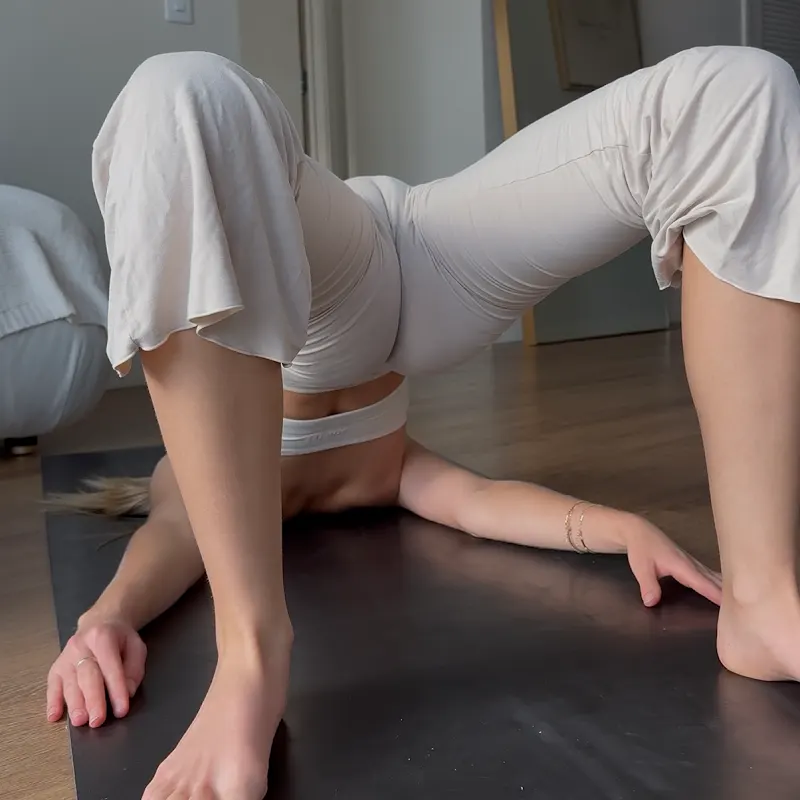
“People who stare at the water like you do,” he said with a smile, “usually have something they’re trying to understand—or something they’re trying to say.”
She didn’t reply. But she opened her sketchbook and showed him a page.
It was one of her recent pieces—an abstract image of crashing waves and floating lanterns. A balance of chaos and peace. The old man took a long, thoughtful look.
“You’ve got a voice,” he said quietly. “A strong one.”
Maya’s eyes filled with unexpected tears. She hadn’t heard those words in so long.
They began meeting regularly. He said his name was Elias. He’d been a painter once too—back when colors were all he lived for. He told her stories of lost galleries, of nights spent on rooftops sketching city skylines, of mistakes made and lessons learned.
She listened.
He listened too.
She spoke of rejection, of feeling invisible, of questioning her worth. Elias never tried to fix her. He just nodded, occasionally offering a story that mirrored her own feelings in an unexpected way.
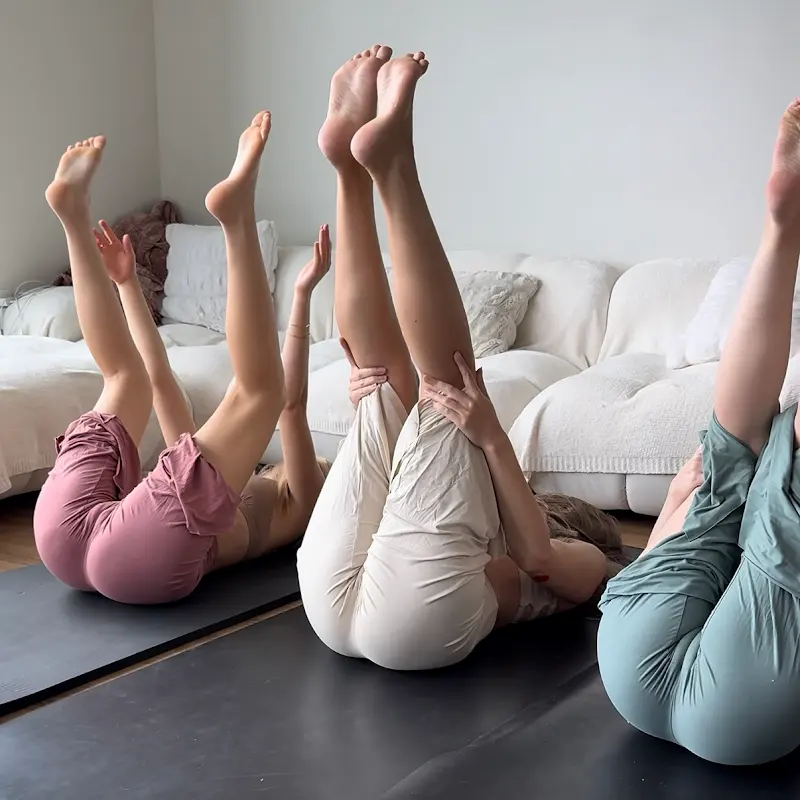
One day, she asked him, “Why did you stop painting?”
He looked at the water for a long time before answering.
“I didn’t,” he said. “I just changed how I painted. Sometimes we think our art has to look a certain way or please certain people. But art, real art, flows through you like this river. You can’t bottle it up or direct it too much. You have to trust it.”
That night, Maya couldn’t sleep.
She kept thinking about what Elias said. She thought about how tightly she’d clung to her dream of art school, how crushed she felt when that path closed. But maybe… maybe that wasn’t the only path. Maybe rejection wasn’t the end—it was the bend in the river.
That week, she started a new project.
She called it “Flowing on Through.” It wasn’t meant for galleries or school admissions. It was meant to be shared with anyone who felt lost. She painted scenes of struggle and strength, of sadness and resilience. She added her own handwritten thoughts, snippets from Elias’s stories, and quotes that had pulled her through dark days.
Then she created an online space—a small blog where she posted her pieces and invited others to share their own stories. At first, only a few people found it. But slowly, steadily, like water finding its course, her work began to reach others.

Comments poured in.
“This made me cry, in a good way.”
“Thank you for this. I needed it today.”
“I thought I was alone, but your painting… it spoke to me.”
Maya smiled often now. Not because everything was perfect, but because she knew how to keep going even when it wasn’t.
One afternoon, she returned to the river with something wrapped in brown paper. Elias hadn’t been there for several weeks. She had a feeling he wouldn’t return again. But she wanted to leave him something.
She placed the package on the log—the one they used to sit on—and whispered, “Thank you.”
Inside was her newest piece. A painting of the river, glowing with golden light, a figure sitting on the log with a sketchbook in hand. The title: Flowing on Through.
She walked away slowly, letting the river’s hum fill her ears. She knew storms would come again. She knew some days would feel heavy. But she also knew how to keep moving, to trust the current, to keep creating.
The river didn’t need to be told where to go.
And neither did sh
